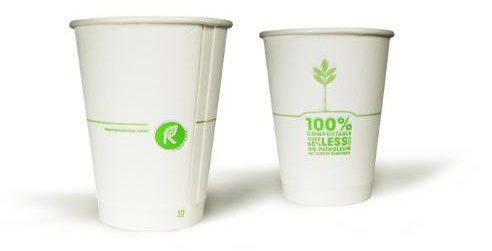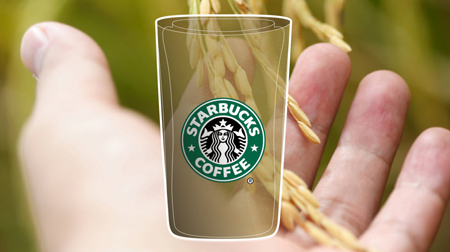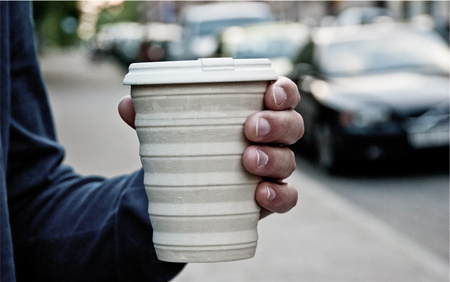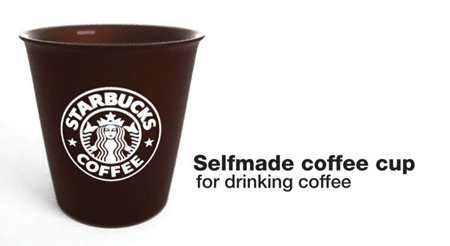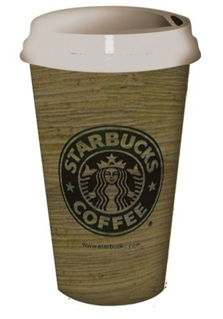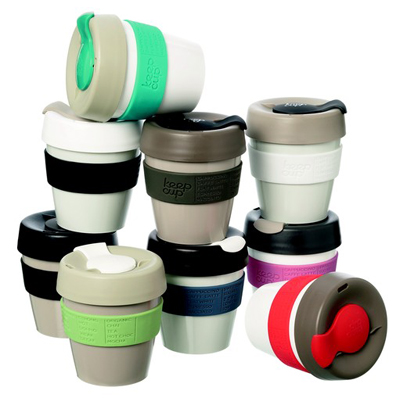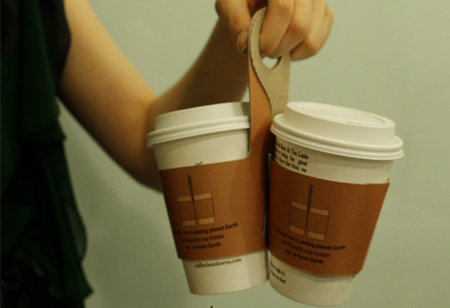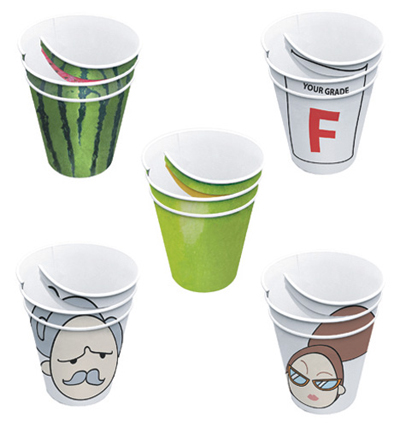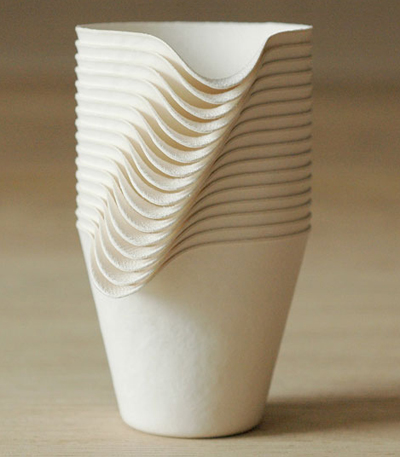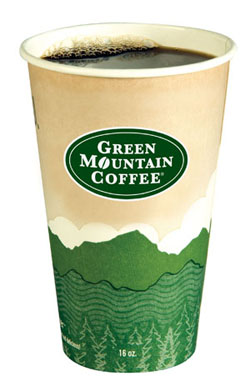Using eco-friendly drinkware is one of the top priorities for environmentally conscious global and local coffee retailers. Naturally, every coffee chain wants to offer its customers only the best product and at the same time turn them into eco-believers. Unfortunately, it takes some time (and money, and a good dose of creativity) to implement these «green» commitments into real life. This review is set to attract our attention as an industry to cups, paper or plastic containers for steaming hot beverages, which together with other sustainable packaging is able to improve (or at least not to harm) the environment. The idea of this article came from the recent announcement from Repurpose Compostables about the launch of the greenest coffee cup in the world, One Cup, which begins our short study of eco-cups, with due respect to other products mentioned below.
1) On January 17, Los Angeles-based Repurpose Compostables, a manufacturer of food service products, announced the debut of their One Cup, the exciting new insulated hot cup that is 100 percent compostable. “No more double cupping. No more sleeves. The insulated technology keeps hot beverages warmer for longer, and prevents heat from escaping the cup, protecting the user and creating a more comfortable feel with only one product. The revolutionary new One Cup requires no sleeve, uses 65% less CO2 than a traditional cup to produce, and can be composted in 90 days,” says the company in its press release. That’s a valuable and promising contribution to the cause, isn’t it?
Photo: One Cup
2) In 2010, Starbucks, one of the leaders in the retail coffee industry, sponsored the contest entitled ‘betacup,’ which encouraged creative minds from across the globe to submit their ideas of making coffee consumption ecologically friendly. In fact, every year billions of coffee-to-go cups are used and taken to the landfill, where they remain for ever. To improve the tendency, the coffee company invited people to develop concepts of biodegradable and reusable cups and present their own ways to encourage people to drink from reusable mugs and. For us, the best works are the Neutral Resource coffee cup made of robust palm leaves, the Cuptokeep with a construction that allows you to collapse the cup to 1/5 of its size, the Betacup (the most-voted one) produced from rice husks, and the Coffee Cup made from coffee grounds. For more concepts, go to the project’s page.
Photo: Jovoto—The Betacup
Photo: Jovoto—Cuptokeep
Photo: Jovoto—The Coffee Cup
Photo: Jovoto—The Neutral Resource coffee cup
3) The KeepCup embraces considered design approach of an Australian company, focused on providing eco-conscious consumers with BPA free and nontoxic containers for coffee. The product is described as “the first barista standard reusable cup” on the company’s website.
Photo: The KeepCup
4) The recycling issue touches on not only on the cup itself, but also involves other elements of the coffee take-away packaging. Designer Jin Won Park offered a solution aiming to reduce paper consumption for disposable paper cartons by redesigning the take-away sleeve. His concept titled ‘One Plus One’ is a coffee cup sleeve that comes with a hooked extension, enabling to carry two cups at a time. Less paper, more cups to take.
Photo: Yanko Design—Cofee Cup Carry
5) Sometimes you need to drink more than one cup of coffee to wake up and start you day. The concept paper Rip-Cup developed by Yoo-Jin Kim and Hyesun Lee makes it possible to drink from one cup up to three times, ripping off the lip layer after the cup gets empty. Very eco-nomical.
Photo: Yanko Design—Peel-away cups
6) The next project also came from the East. Wasara biodegradable paper tableware by Japanese design studio Simplicity included wavy paper cups made from recyclable materials ranging from bamboo and reed pulp to sugar cane fiber. That’s a pure combination of art and environmentally friendly approaches.
Photo: Designboom—Wasara
7) Ecotainer is one of the oldest projects in this overview. It was introduced back in 2006 by Green Mountain Coffee Roasters, the Vermont-based wholesale coffee company known, and International Paper—no fiber sourced from “trees cut in old-growth or endangered forests is taken, and more than 2/3 of the energy used to make the paperboard comes from renewable resources,” states the description to the product. Since that time, over one billion of these containers were sold to a variety of companies (including Coca-Cola). In April 2010, the cup also got an eco-lid.
Photo: Greenmountaincafe—Ecotainer
In fall 2010, International Paper completed a six-week project, which proved that Starbucks used paper cups can be recycled into new paper cups. Hopefully, the new extra-large Trenta Starbucks cup will join the ranks of ecological containers as well (big newcomers are always welcomed).
